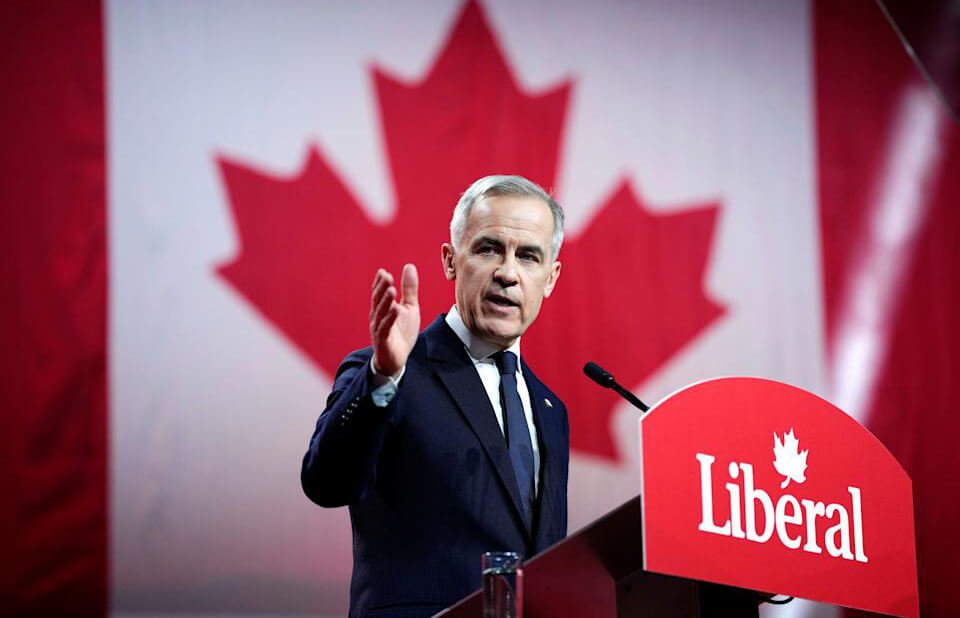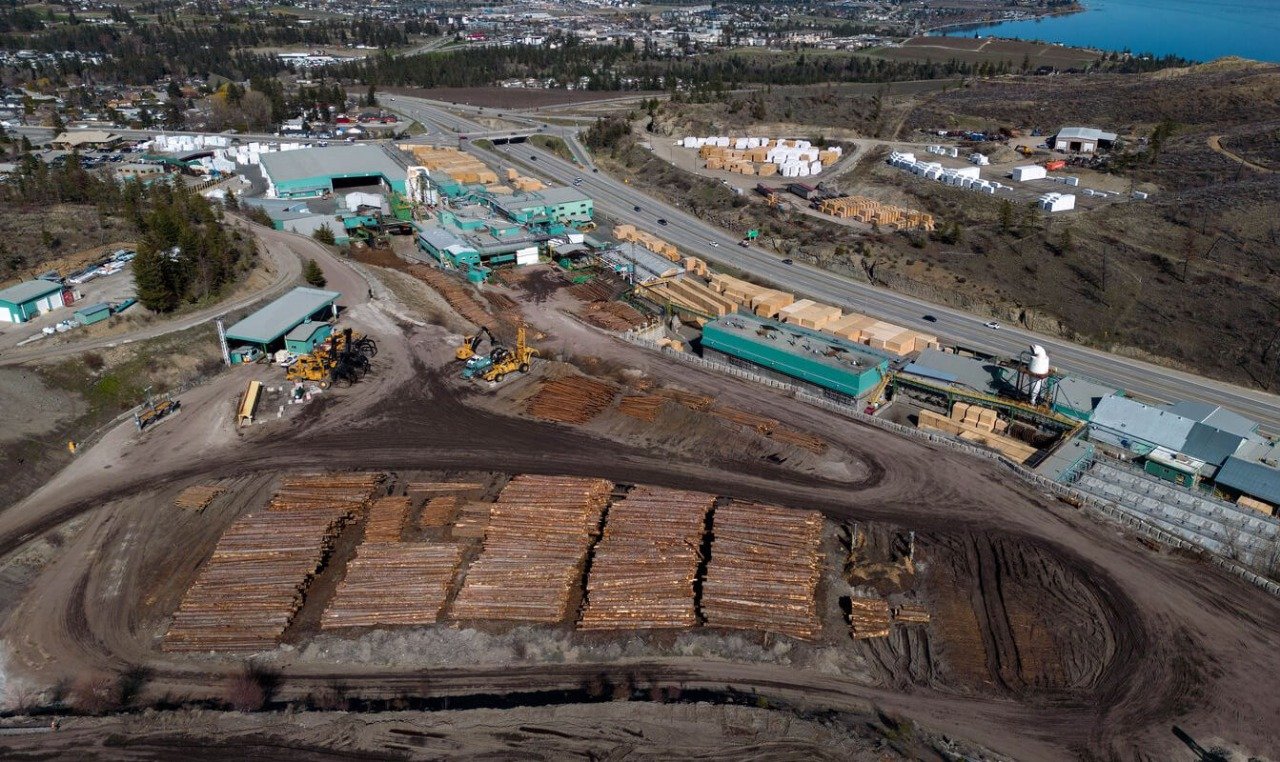Ottawa : Canada’s 45th federal election, set for April 28, is off to a fiery start as Prime Minister Mark Carney’s Liberal Party rides a wave of momentum, narrowly edging out Pierre Poilievre’s Conservatives in early polls. With the writs of election issued on March 23 by Governor General Mary Simon at Carney’s request, the 37-day campaign—the shortest allowed under Canadian law—is shaping up to be a fierce contest dominated by U.S.-Canada relations and economic concerns.
The unexpected snap election follows Carney’s rise to the Liberal leadership on March 14, succeeding Justin Trudeau, who resigned in January amid sagging poll numbers and internal party pressure. Trudeau’s exit came after years of declining support, exacerbated by U.S. President Donald Trump’s imposition of a 25% tariff on Canadian goods and provocative threats to annex Canada as the “51st state.” Carney, a former governor of the Bank of Canada and the Bank of England, has reframed the Liberal campaign around economic resilience and national sovereignty, striking a chord with voters.
Recent polling data paints a picture of a tight race. A Liaison Strategies poll released on March 25 shows the Liberals at 39%, just two points ahead of the Conservatives at 37%. The New Democratic Party (NDP), led by Jagmeet Singh, has slipped to 9%, while the Bloc Québécois and Green Party hold steady in single digits. Regionally, the Liberals lead by seven points in Quebec, four in Ontario, and dominate Atlantic Canada, though British Columbia remains a toss-up. Analysts suggest the Liberals’ edge in key ridings could translate to a majority in Canada’s 343-seat House of Commons, the first election to use the new electoral map based on the 2021 census.
The campaign’s central issue is unmistakable: how Canada will navigate its relationship with an increasingly assertive Trump administration. Carney has positioned himself as the steady hand to counter Trump’s economic threats, with 40% of Canadians in a recent Nanos poll favoring him over Poilievre (26%) to lead U.S. negotiations. Poilievre, who held a commanding lead in polls for nearly three years, has pivoted to promise continuity for popular Liberal-NDP social programs while attacking Carney’s lack of elected experience. “Canadians need a leader who’s fought in the trenches, not a banker parachuted in,” Poilievre said at a rally in Calgary on March 24.
Meanwhile, the NDP’s drop in support follows its withdrawal from a confidence-and-supply agreement with the Liberals last year, a move that failed to trigger an earlier election but left Singh struggling to differentiate his party. Experts predict the upcoming leaders’ debates, expected in early April, could be make-or-break moments as undecided voters—estimated at 20%—weigh competence over charisma.
The election call has also reignited debates over timing. Originally slated for October 20, Carney’s decision to go early has drawn Conservative accusations of opportunism, though Liberal insiders argue it capitalizes on a rare polling lead unseen since 2022. With nomination deadlines looming on April 7 and advance voting to begin mid-month, the campaign is poised to intensify.
As Canadians brace for a high-stakes vote, one thing is clear: the shadow of Trump looms large, and the winner on April 28 will face an immediate test on the global stage. Stay tuned for live updates as the campaign unfolds.




